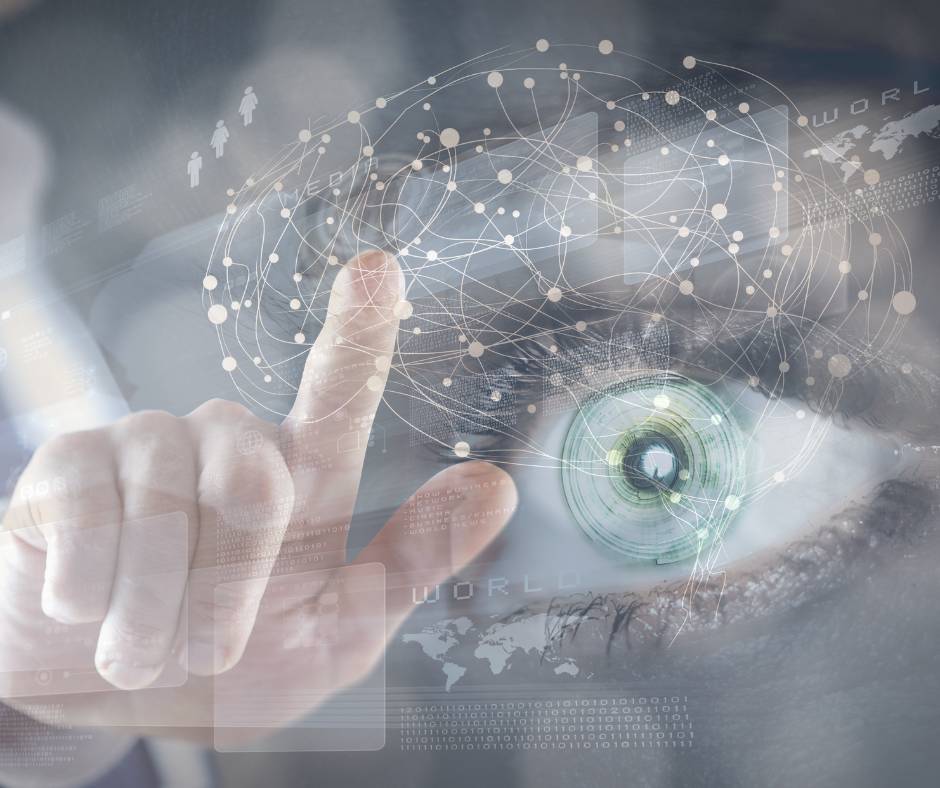EMDR – What is it?
EMDR (Eye Movement Desensitization and Reprocessing) is a psychotherapy that enables people to heal from the symptoms and emotional distress resulting from disturbing life experiences. Repeated studies show that by using EMDR therapy, people can experience the benefits of psychotherapy that once took years to make a difference. People widely assume that severe emotional pain requires a long time to heal.
Is EMDR effective?
Researchers have conducted more than 30 positive controlled outcome studies on EMDR therapy. Some studies show that 84%-90% of single-trauma victims no longer have post-traumatic stress disorder (PTSD) after only three 90-minute sessions. Another study, funded by the HMO Kaiser Permanente, found that 100% of the single-trauma victims and 77% of multiple-trauma victims were no longer diagnosed with PTSD after only six 50-minute sessions. In another study, 77% of combat veterans were free of PTSD in 12 sessions.
There has been so much research on EMDR therapy that organizations such as the American Psychiatric Association, the World Health Organization, and the Department of Defense recognize it as an effective treatment for trauma and other disturbing experiences. Given the worldwide recognition as an effective trauma treatment, you can easily see how EMDR therapy effectively treats “everyday” memories. These memories account for the reason many people have low self-esteem, feelings of powerlessness, and a myriad of problems that bring them in for therapy. Over 100,000 clinicians throughout the world use EMDR therapy. The treatment has successfully treated millions of people over the past 25 years.
EMDR Online Effectiveness:
EMDR is one of the hottest therapy topics in popular culture right now, but the question may still be lingering in your mind: “How can it work virtually?” One of the (very limited number of) great things to come out of the pandemic is that thousands of therapists across the country put this to the test on very short notice, with an astounding yes! What makes EMDR effective in any setting is dual stimulation–meaning, being able to hold the thought of the trauma while simultaneously holding your attention in the room around you via tapping, buzzers, light bar, eye movements, etc. All of these methods can be conducted virtually!
The most important part of receiving online EMDR therapy is having a skilled therapist–someone who can hear the changes in your voice, direct your attention back to the “target,” and help contain your emotions as needed. We have clinicians with the skills and experience to walk with you through EMDR both in person and virtually.
How does EMDR therapy work?
EMDR therapy is an eight-phase treatment. Eye movements (or other bilateral stimulation) are used during one part of the session. After the clinician determines which memory to target first, he asks the client to hold different aspects of that event or thought in mind and to use his eyes to track the therapist’s hand as it moves back and forth across the client’s field of vision.
The clients begin to process the memory and disturbing feelings. A Harvard researcher believes this happens because the memories are connected with the biological mechanisms involved in Rapid Eye Movement (REM) sleep and the internal associations that arise. In successful EMDR therapy, the meaning of painful events is transformed on an emotional level.
For example, a rape victim shifts from feeling horror and self-disgust to firmly believing, “I survived it, and I am strong.” Unlike talk therapy, the insights clients gain in EMDR therapy result not so much from clinician interpretation but from the client’s own accelerated intellectual and emotional processes. The net effect is that clients conclude EMDR therapy and feel empowered by the very experiences that once debased them. Their wounds have not just closed; they have transformed.
As a natural outcome of the EMDR therapeutic process, the client’s thoughts, feelings, and behavior are all robust indicators of emotional health and resolution. This is all accomplished without speaking in detail or doing the homework necessary in other therapies.
Treatment Description
EMDR therapy combines different elements to maximize treatment effects. We find a complete description of the theory, sequence of treatment, and research on protocols and active mechanisms in Eye Movement Desensitization and Reprocessing (EMDR): Basic Principles, Protocols, and Procedures, 2nd Edition, by Francine Shapiro.
EMDR therapy involves attention to three time periods: the past, present, and future. The therapy focuses on past disturbing memories and related events. It may also focus on current situations that cause distress. Clients can develop the skills and attitudes needed for positive future actions. With EMDR therapy, there is an eight-phase treatment approach.
EMDR Phases
Phase 1: The first phase is a history-taking session(s). The therapist assesses the client’s readiness and develops a treatment plan. Together, they identify possible targets for EMDR processing. These areas include distressing memories and current situations that cause emotional distress. Other targets may include related incidents in the past. The client will develop specific skills and behavior to use when needed in future situations.
If the client had a problematic childhood, EMDR processing might be directed to a particular critical incident rather than to adult-onset stressors. Clients generally gain insight into their situations, the emotional distress resolves, and they start to change their behaviors. The length of treatment depends upon the number of traumas and the age of PTSD onset. Generally, clients with a single event of adult-onset trauma achieve success in under five hours. Victims of multiple trauma events may require a longer treatment time.
Phase 2: During the second phase of treatment, the therapist ensures that the client has several different ways of handling emotional distress. The therapist may teach the client various imagery and stress reduction techniques to use during and between sessions. A goal of EMDR therapy is to produce rapid and effective change while the client maintains equilibrium during and between sessions.
Phases 3-6: In phases three to six, a target is identified and processed using EMDR therapy procedures. These involve the client identifying three things:
- The vivid visual image related to the memory
- A negative belief about self
- Related emotions and body sensations.
How is this done?
In addition to these three things, the client identifies a positive belief. The therapist helps the client rate the positive belief and the intensity of the negative emotions. The therapist instructs the client to focus on the image, negative thoughts, and body sensations while simultaneously engaging in EMDR processing using sets of bilateral stimulation. These sets may include eye movements, taps, or tones. The type and length of these sets are different for each client. At this point, the EMDR therapist instructs the client to notice whatever spontaneously happens.
After each set of stimulation, the clinician instructs the client to let their mind go blank. They will then notice whatever thought, feeling, image, memory, or sensation comes to mind. Depending upon the client’s report, the clinician will choose the next focus of attention. These repeated sets of directed focused attention occur numerous times throughout the session. If the client becomes distressed or has difficulty progressing, the therapist follows established procedures to help the client get back on track.
When the client reports no distress related to the targeted memory, the therapist asks them to recall the preferred positive belief identified at the beginning of the session. The client may then adjust the positive belief, if necessary, and focus on it during the next distressing situation.
Phase 7: In phase seven, closure, the therapist asks the client to keep a log during the week. The log should document any related material that may arise. It reminds the client of the self-calming activities they mastered in phase two.
Phase 8: The next session begins with phase eight. Phase eight consists of examining the progress made thus far. The EMDR treatment may process all related historical events, current incidents that elicit distress, and future events that may require different responses.
For more information, you may find this 10-minute introduction to EMDR video helpful.
Text is taken from the EMDR Institute, Inc.
Please contact us if you wish to make an appointment or if you have additional questions.

